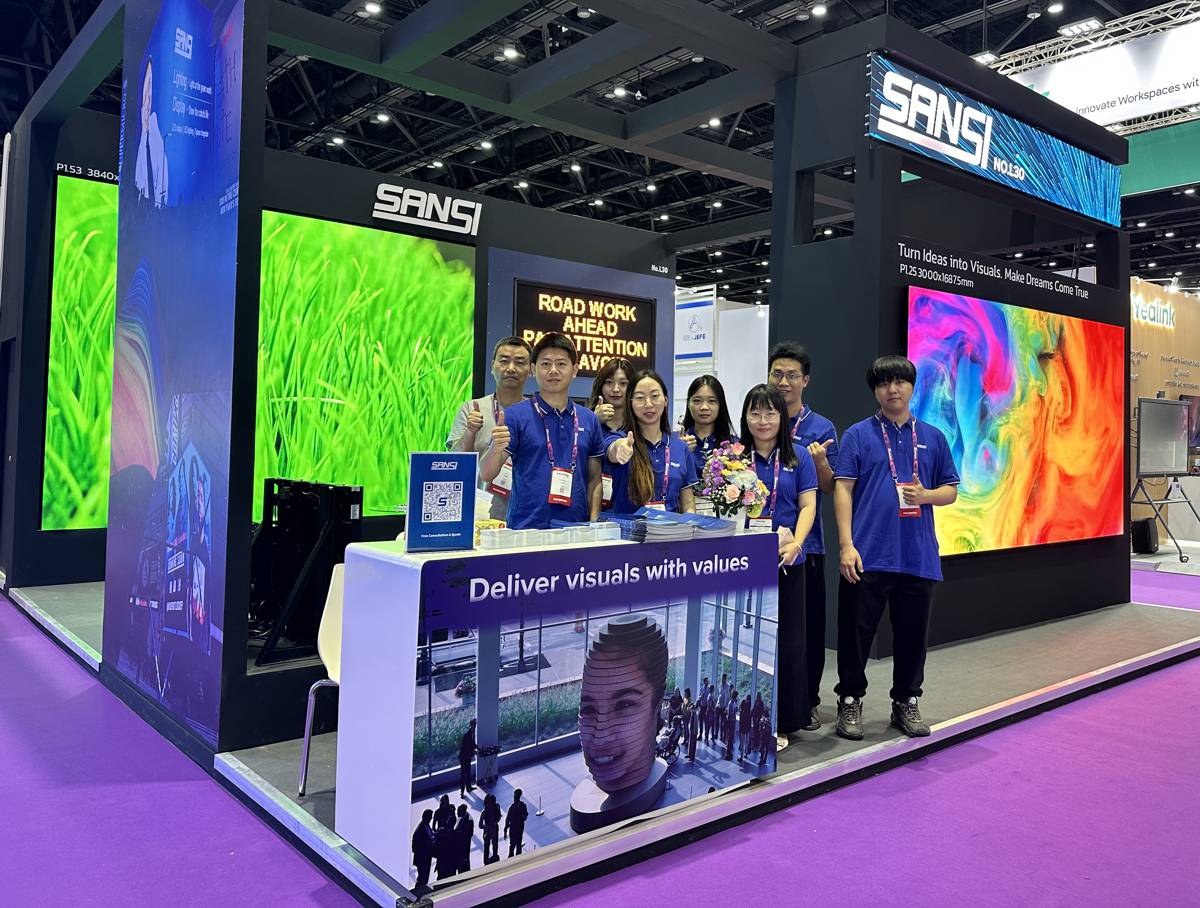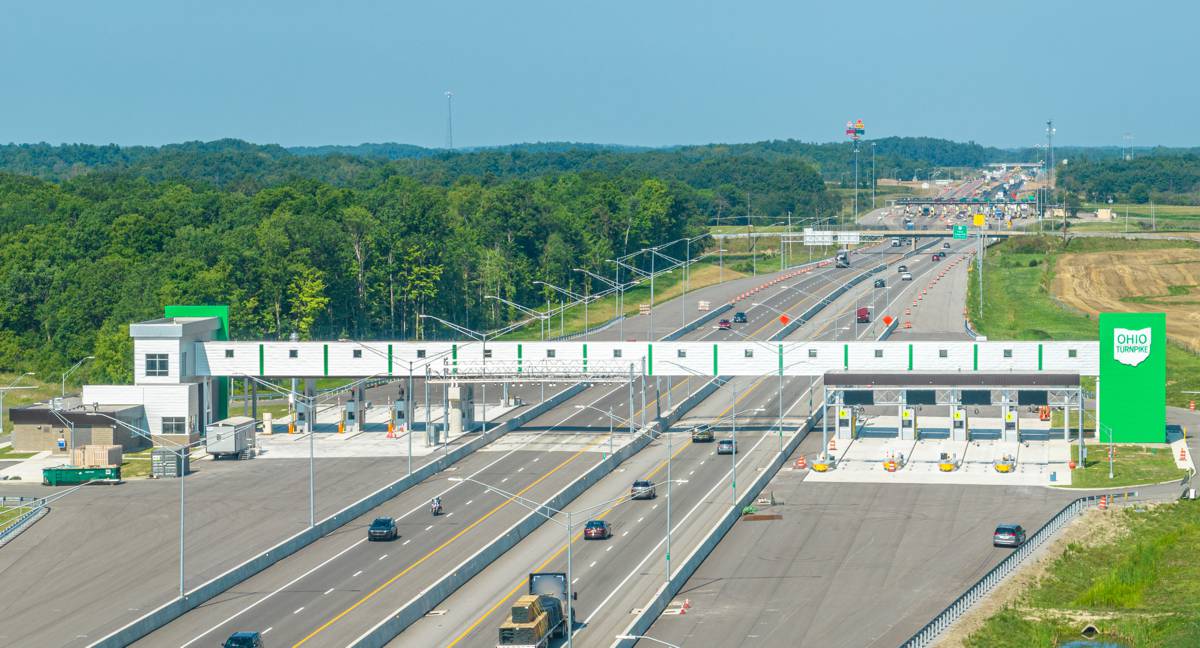Intersections evolve from Inductive Loops to Artificial Intelligence
Intersections are dynamic and challenging projects for any city planner to tackle.
Many factors affect how intersections vary, such as:
- How many through streets?
- Is there heavy traffic
- Amount of pedestrian traffic?
- Is their bike traffic?
- Is the route on a major public transportation line?
- How will traffic fluctuate throughout the day?
Research and a good evidence-based survey of the area are vital to create an effective and safe intersection. City planners must also monitor the ever-changing conditions to improve and evolve the junction.
The methodologies used to monitor traffic fluctuations has changed radically over the years, from simple signal timings, to more advanced vehicle detection systems. Improvements in transportation technology and smart highways have driven intersections to become intelligent, safer, and more reliable.
As the performance of these sensor-based systems improves and collects data that can be mined and analysed, our understanding of complex urban environments is greatly improved.

Intersections today
The first examples of introducing real intelligence to intersections was the transition from timed traffic lights to presence sensors, commonly using inductive loops, which are installed in the roads to detect the passing vehicles and prompting traffic signals to allow enough time for vehicles queued at the junction to pass through safely. This greatly reduced bottlenecks, especially during rush hour and heavy traffic periods.
Inductive loop technology proved to be very useful and was widely adopted, but there is much room for improvement as they are costly to install, which requires road works and junction closures. Maintenance and servicing the loops is also costly, with disruptive road repairs. Given their 3 to 7-year average lifespan, this makes their use unfeasible for junctions that see lesser traffic usage.
As an inductive loop only gathers data on a vehicle’s presence in the immediate area. To detect vehicles approaching from several lanes requires the installation of multiple inductive loops.
Several new technologies have emerged to address these shortcomings, including:
- Above-ground sensors
- Visible light cameras
- Thermal imaging cameras
- Radar systems
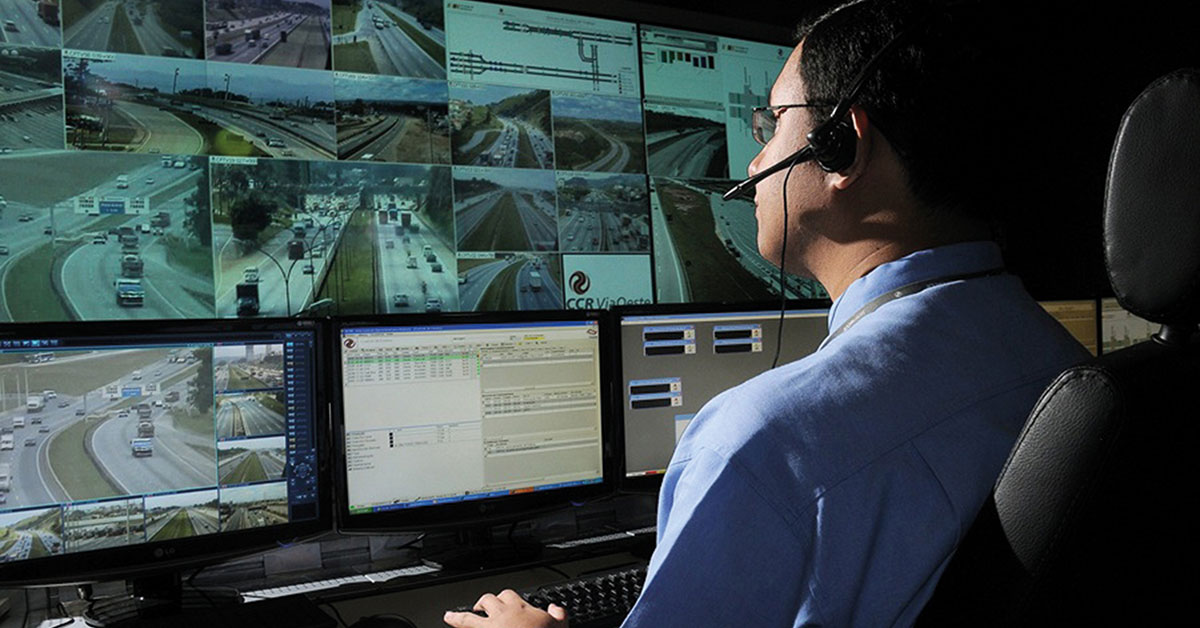
In terms of traffic signal control, above-ground sensors allow detection zones to be user-configurable, which allows traffic operators to monitor traffic and stationary vehicles across several lanes. Previously what would have required multiple inductive loops installations, can now be achieved by a single above-ground sensor.
In terms of maintenance, just moving the technology above ground makes everything simpler and cheaper, without the need to impede traffic. Installations, repairs, and calibrations can be quickly managed with a single sensor system.
A popular system in the industry is thermal imaging, which can detect vehicles, pedestrians, and bicycles in complete darkness; during adverse weather conditions; and in glaring sunlight or bright vehicle headlights. This delivers a distinct performance advantage
In a recent Federal Highway Research Institute of Germany (BASt) study, thermal imaging was recognised as the most reliable detection technology when compared to inductive loops, they stated: “No other detection technology was able to show such a consistently low false alarm rate in the course of the field test as thermal image detection. In most cases there were no false positives at all.”

The future
The increased performance and very low false alarm rate of modern vehicle detection technologies opens up huge possibilities to significantly increase capabilities – creating really intelligent intersections.
Artificial Intelligence powered traffic sensors deliver a whole new level of insights on vehicle and user intersections, including in the surrounding environments. On-camera analytics are capable of monitoring vehicle positions, headings, and speeds, to not only mange the intersections in real-time, but also to gather valuable data on vehicle and pedestrian movements to improve predictive traffic systems.
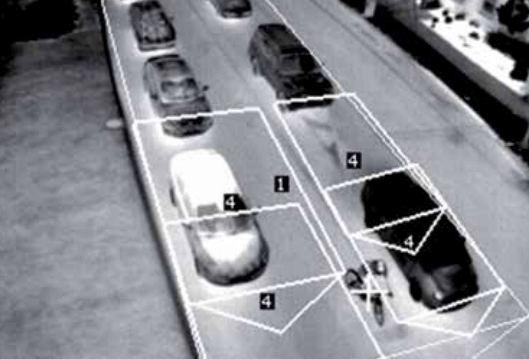
AI-equipped sensors use advanced classification algorithms, so they can differentiate between vehicle types. Intelligent transportation systems can automatically prioritise emergency vehicles, public transportation, and vulnerable road users to pass them through the junction swiftly and safely.
Moving way beyond the capabilities of inductive loops, these technologies improve the understanding of how vehicles, pedestrians, and cyclists traverse urban environments during different times of the day, to allow traffic operators to build up an accurate holistic picture to pinpoint any hazardous areas, and to address the bottlenecks on their road network to keep traffic flowing for all users.
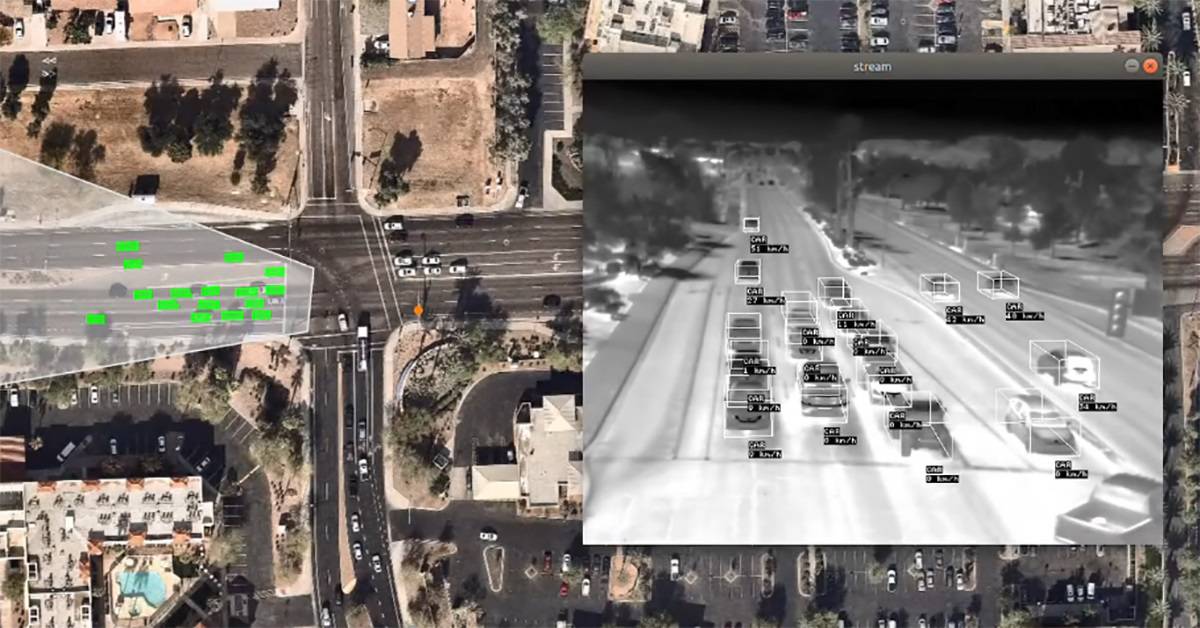
As transportation and vehicles continue to evolve, so must our infrastructure, and using artificial intelligence is an immense tool that gives city planners masses of valuable data that will help to shape the future of our smart cities.




